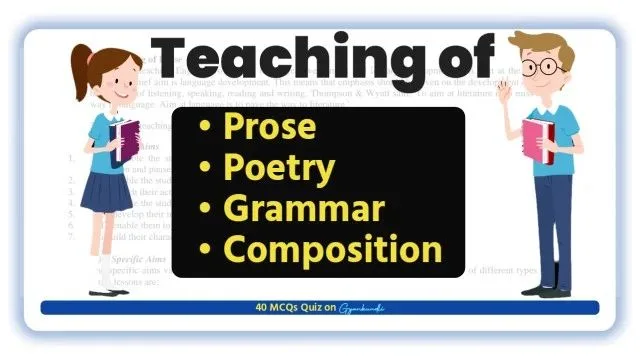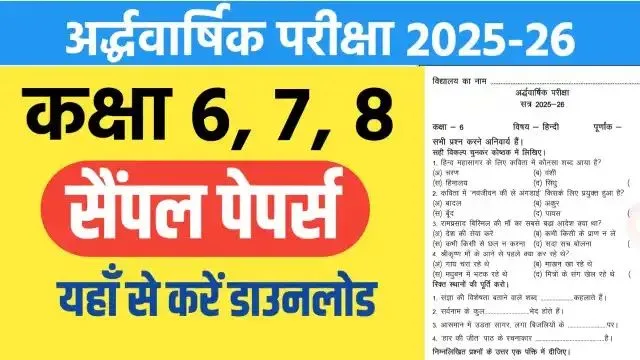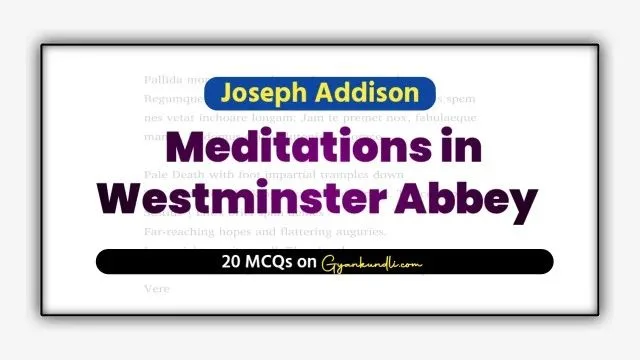Code Mixing & Code Switching Pdf Notes : In this blog post we will provide Pdf notes on the topic of CODE MIXING & CODE SWITCHING. The source of these notes is VMOU study material.
What is Code Mixing ?
Code mixing happens when people use words or phrases from two different languages in one sentence. In India, this usually means mixing English with Hindi or other regional languages. For example:
“The function of the sachivalaya was paralyzed.”
“She is ekdum horrified.”
People use code mixing in casual talks, especially educated Indians. Earlier, people tried to follow British or American English strictly. But now, it’s common to mix Hindi words with English, even in newspapers, advertisements, magazines, and novels. This reflects Indian culture better and makes the message more natural and relatable.
Features of Code Mixing
- Words from Hindi are added to English sentences.
- Can be as small as one word or a full sentence.
Common examples:
- “Life ho to aisi”
- “Taste kaamyabi ka”
- “He is maha happy.”
Writers also use Hindi terms like devar, namaste, supari, bhog, kirtan which have no perfect English match.
Why People Use Code Mixing
- To feel closer to readers.
- English words cannot express all cultural meanings.
- Hindi terms are sometimes more emotional or relatable.
- Makes communication easier and more expressive.
But in learning English, too much code mixing can slow down fluency and accuracy. Teachers should reduce its use, especially for beginners.
What is Code Switching?
Code switching is when a speaker changes from one language to another during a conversation. For example, starting a sentence in English and ending in Hindi.
This is different from code mixing:
- Code mixing is mixing words from another language inside a sentence.
- Code switching is changing the language completely, often between sentences.
In India, code switching is very common in everyday speech:
- “The principal was gheraoed until police wallas came.”
- “Mummy said, ‘Itni books carry karne ki need nahi hai.’”
People do it for many reasons:
- To express something better.
- Some English words are shorter or more polite (e.g. “sorry”, “ladies”).
- No proper Hindi words for modern objects (e.g. TV, seminar, video).
Final Thoughts
Both code mixing and code switching play a big role in the way English is spoken and written in India. They reflect the culture, everyday life, and the way people naturally talk. While it is important to speak correct English, mixing languages shows creativity, liveliness, and how languages grow over time.
There’s no such thing as “pure” language anymore. Languages become richer when they borrow from each other.
Code Mixing & Code Switching Pdf Notes : Code Mixing & Code Switching Pdf Notes Download
FAQs on Code Mixing and Code Switching
Q1. What is the meaning of code mixing in Indian English?
Ans. – Code mixing is using words or phrases from Hindi or other Indian languages within an English sentence.
Q2. What is code switching with example?
Ans. – Code switching is changing from one language to another between or within sentences. Example: “I’ll call you later. Abhi mujhe kaam hai.”
Q3. Why is code mixing common in India?
Ans. – Because people are multilingual and use words that express culture or emotion better in their native language.
Q4. Is code mixing good or bad for learning English?
Ans. – For fluent speakers, it’s natural. But for beginners, too much code mixing can slow down proper learning.
Q5. How is code mixing used in media and writing?
Ans. – It is used in ads, interviews, newspapers, and novels to connect better with Indian readers and reflect local culture.
Discover more from Gyankundli
Subscribe to get the latest posts sent to your email.



















